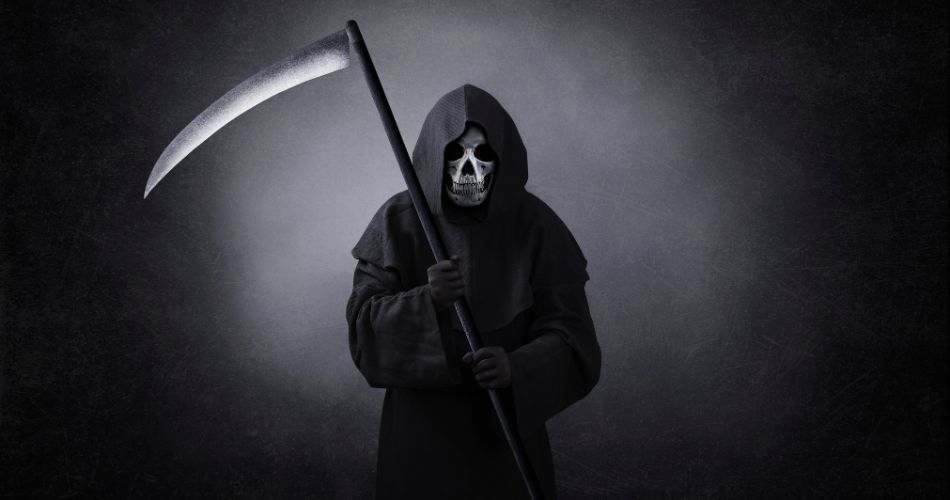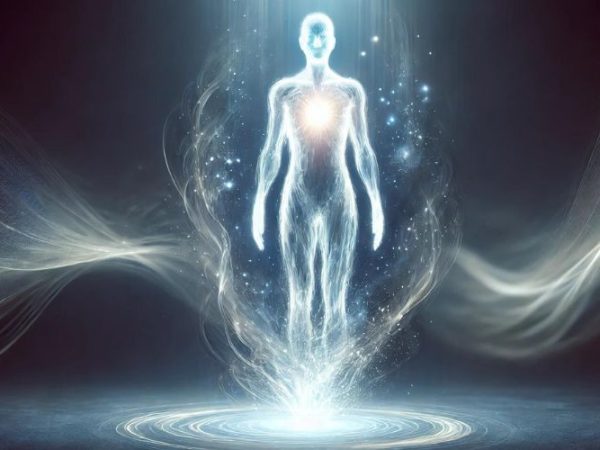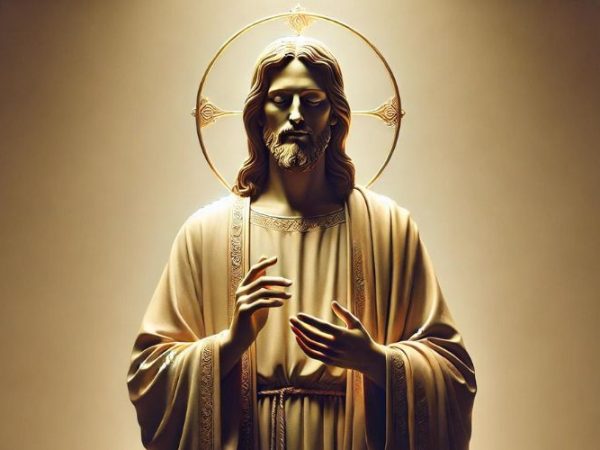Briefly
The most universal symbol of death is the Grim Reaper, represented as a skeletal figure carrying a large scythe and clothed in a black cloak and hood. This iconic figure originates from the Middle Ages in Europe, and is often associated with a somber, darkly mystical symbolism. The scythe of the Grim Reaper is indicative of the final cut or termination of life, while the cloak and hood represent mourning and the mystery of death.
- Symbolism: Finality, termination of life, mourning, mystery.
Death in Dreams
From a psychological perspective, death in dreams does not necessarily represent physical death, but often signifies the end of something in life. These dreams can reflect a significant transition or change, such as the end of a relationship, a job, or a phase in one’s life. They can also symbolize self-transformation, where the ‘death’ signifies the old self dying away, paving the way for personal growth and development.
- Symbolism: Endings, transitions, change, self-transformation.
See also our Free Dream Interpretation Tool
Death in Myths and Folklore
In many myths and folklore, death is often personified and given character. For example, in Greek mythology, Thanatos is the personification of death, while in Norse mythology, Hel is the goddess of the underworld. Furthermore, in Aztec mythology, Mictlantecuhtli is the god of death and rules over the lowest underworld. These characters serve as gatekeepers to the afterlife, symbolizing the transition from life to death and often carrying out the fate of the deceased.
In many folklore stories, death is often portrayed as a trickster. For example, in African folklore, death is often outsmarted by animals or humans. These tales are used to instill in people the belief that death is not the end, but a transformation or a journey to another world.
- Symbolism: Transition, afterlife, fate, transformation, trickster.
Death Spiritual Meanings
Spiritually, death is often seen as a symbol of transformation and rebirth. Similar to the phoenix rising from its ashes, death signifies the end of one cycle and the start of a new one. In Buddhism, for instance, death is understood as a part of the human life cycle, and is perceived as a transition into a different state of existence. This spiritual view of death encourages acceptance and understanding, rather than fear.
- Symbolism: Transformation, rebirth, new beginnings, acceptance, understanding.
Death Tattoo Meaning
In the world of tattoo art, death tattoos are often rich in symbolism and deep in meaning. A skull, for example, is a common symbol associated with death and mortality, but can also represent the celebration of life. Grim Reaper tattoos can symbolize a respect for the inevitable end of life, or serve as a reminder to live each day to the fullest. Tattoos of death can be a meaningful way to express one’s philosophy of life and death, or to commemorate a loved one who has passed away.
- Symbolism: Mortality, celebration of life, respect for death, philosophy of life, remembrance.

Reviewed by Alexander Lys, M.L., a specialist in the field of symbolism research and dream psychology. A certified participant in numerous psychological seminars and courses, the author of hundreds of articles on psychology, including studies on symbolism in dreams and myths from a scientific perspective.



